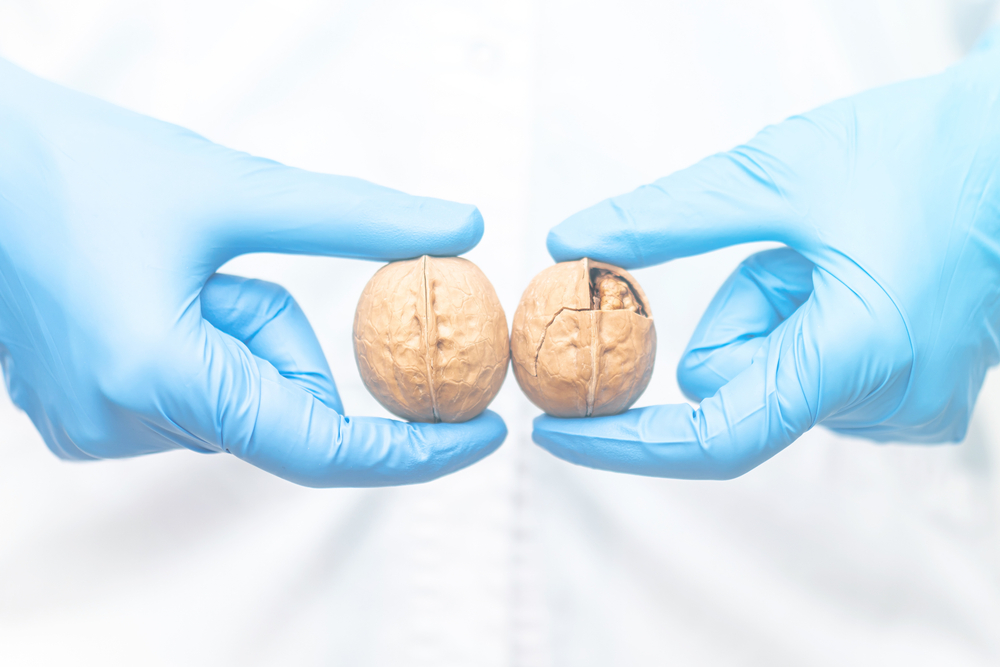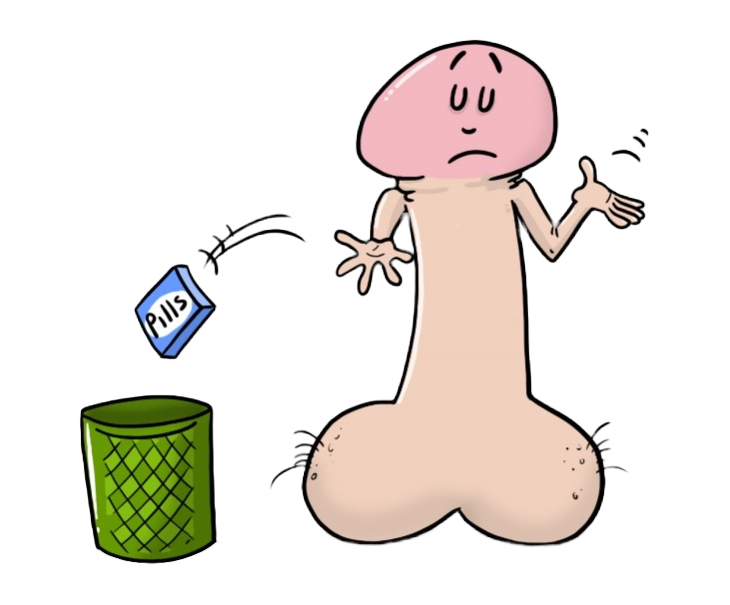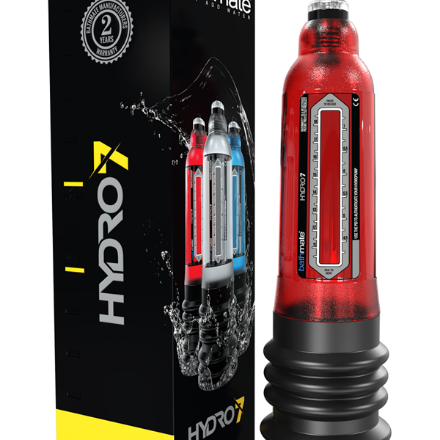The Nuts & Bolts of Testicular Cancer April is Testicular Cancer Awareness Month – Take a moment to check your family jewels!
Did you know that testicular cancer is the most common cancer in males aged 15 to 34? Despite its prevalence, many individuals remain unaware of the risks and signs associated with this disease. Beyond the physical implications, such as fertility and sexual function, this diagnosis can also have profound effects on mental health, relationships, and overall well-being. While the exact cause of testicular cancer isn’t always clear, certain factors may increase your risk. These include a family history of the disease, an undescended testicle, and a history of testicular cancer in one testicle, among others.
Understanding how testicular cancer can affect different areas of life highlights the importance of early detection and being well informed about your options when you make decisions about your treatment.

How to Do a Self-Examination
Regular self-examinations play a crucial role in detecting testicular cancer at its earliest stages, when treatment is most effective. A simple self-examination routine, performed in the comfort of your own home, can help identify any abnormalities that may be cause follow up.
Hot & Steamy
Begin your self-examination routine with a warm, steamy shower. The heat helps relax the scrotal tissues, making it easier to detect any abnormalities.
Just Roll With It
Gently roll each testicle between your thumb and fingers. Remember to examine each testicle individually.
Make it a habit to check your testicles regularly, ideally once a month. This routine can help you become familiar with what’s normal for you and detect any changes early on.
Feeling the Difference
While examining your testicles be aware of what might indicate a potential issue. Here’s what to look out for:
Lumps & Bumps
If you notice any new or unusual lumps or bumps on your testicles, it’s essential to have them checked by a healthcare professional. While not all lumps are cancerous, it’s crucial to rule out any potential concerns.
Swelling
Significant swelling or changes in the size of your testicles should prompt a visit to your doctor. This could indicate inflammation or other underlying issues that require attention.
Pain or Discomfort
Persistent pain or discomfort in your testicles, groin, or lower back, especially when accompanied by other symptoms, should not be ignored. While not always indicative of cancer, it’s essential to determine the cause and address any potential issues.
Remember, not every abnormality is a sign of cancer. However, seek medical advice if you notice any changes or concerns during your self-examination routine. Early detection and intervention can significantly improve outcomes and ensure your continued well-being.
Found Something Out of The Ordinary?
If you notice anything out of the ordinary during your self-examination, don’t panic. It’s essential to take proactive steps by scheduling a consultation with your healthcare provider. Your doctor can provide a thorough evaluation and guide you through the next steps, which may include further testing or monitoring.
Understandably, these regular self-checks for testicular cancer might slip your mind, but they are worth remembering. Early detection is key when it comes to managing testicular cancer effectively.
Our Programs
Shop Online
Subscribe for free to view our informative resources.
So where to from here?
Learn More About Movember
If you’d like to learn more, Movember offers a wealth of resources for testicular cancer awareness, including informative articles and engaging videos, click the link below.







